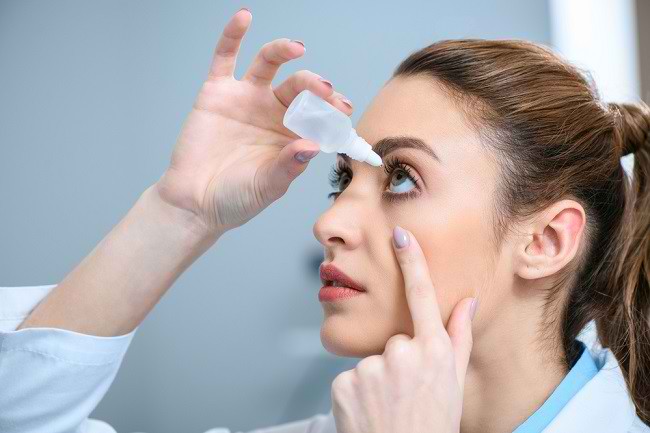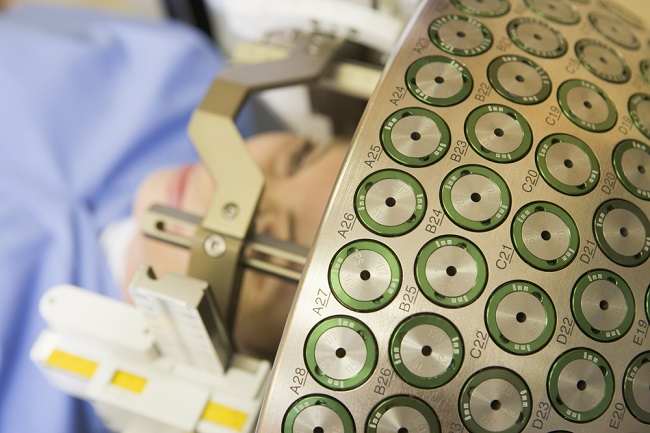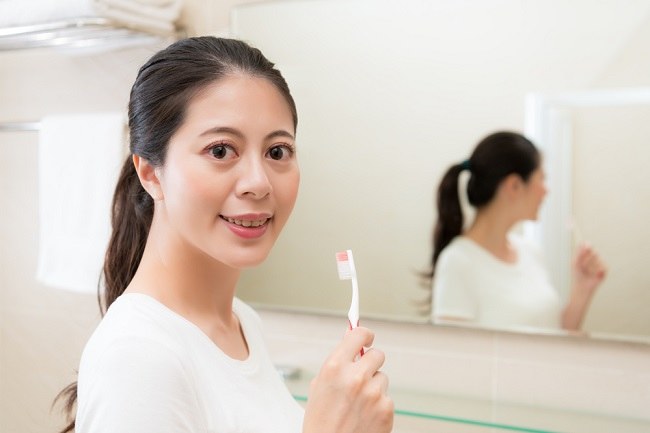Mom and Dad may feel panicked and worried when they see your little one's eyes look crossed. However, in some conditions, crossed eyes in infants are normal.
A squint or strabismus is a term for an misaligned or misaligned eyeball, either pointing inward or outward. This condition can make the view out of focus. Crossed eyes can develop since childhood, even since babies and toddlers.

False Cross Eyes in Babies
At the age range of 0 to 6 months, if your little one's eyes look crossed, especially when he is very tired, you don't need to worry.
Some babies are born with an extra fold of skin at the inner corner of the eye. This can cause the baby to look cross-eyed, when in fact they are not. This phenomenon is called pseudoesotropia or false squint, and is quite common in infants.
Pseudoesotropia is more common in Asian race babies who have small and almost flat nasal bones. In addition, this condition will usually appear when the baby's eyes focus on very close objects. The distance between the two pupils of the eye that is too close will give the effect of a false squint more obvious.
The creases in the corners of your baby's eyes will disappear and the nose bones will form more and more as they develop. At the age of 6 months, your little one's eyes should no longer look crossed and be able to focus on an object.
What Causes a Baby's Eyes to Squint?
Crossed eyes in infants can be caused by disorders of the eye muscles or the nerves that control eye movement, genetic disorders (eg Down's syndrome), and certain medical conditions (eg. cerebral palsy).
Not only that, babies born prematurely or born with low weight are also more at risk of having crossed eyes.
How to Overcome Cross Eyes in Babies
If your little one is 6 months old but his eyes still look crossed, you need to take him to an ophthalmologist for examination. Cross eyes need to be treated as early as possible. If left unchecked, crossed eyes can trigger lazy eyes which will interfere with your little one's vision.
A number of treatments that can be an option to treat a squint are:
- Special glasses: The purpose of using these glasses is to correct the position of the baby's eyeballs, so that they return straight.
- Blindfold (eye patch): The non-crossed eye will be covered with an eye patch for several hours per day. This method can train the squinted eye muscles, so the squint can be reduced.
- Eye drops: Eye drops containing atropine are placed in the eye that is not squinted so that its vision is blurred, so that the crossed eye is trained to see with focus.
- Vision therapy: This therapy is done to train the coordination of the eye muscles. Vision therapy can be performed by an ophthalmologist or therapist.
- Operation : The operation is performed on the eye muscles, so that the position of the eyeballs becomes straight and the movements of the two eyeballs can be aligned.
Although crossed eyes in babies can be caused by normal things, you still need to pay attention to the condition of your little one's eyes and check with the doctor regularly. Eye examination is recommended starting from 3 days after the baby is born, and every 5-6 months until he is 1 year old.









